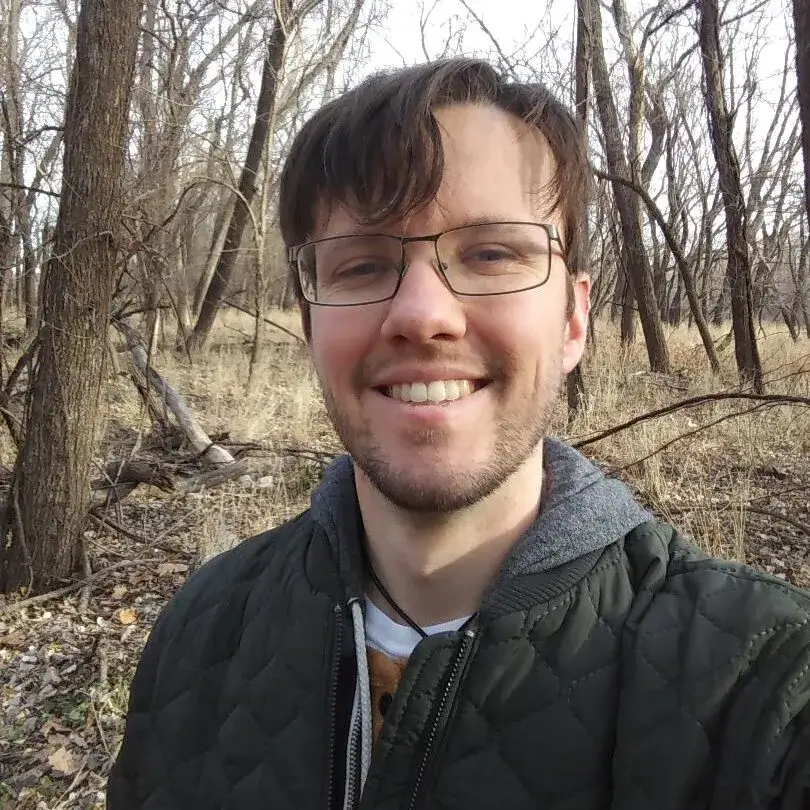The push to destigmatize pedophiles: Why some scientists want "Minor Attracted People" to feel safe in society

Trigger warning: The following article will be talking about child sex offenders and may be triggering to some readers.
A new acronym recently dropped, along with a new pride flag. You probably already know of the term ‘MAP’ or ‘Minor Attracted Person,’ which has been met with much controversy. However, the latest term, ‘YAP’ or ‘Youth Attracted Person,’ is the newest acronym to come out.
🚨 New pedo flag and “orientation” just dropped. Meet the “YAP” community: Youth Attracted Persons.
— Gays Against Groomers (@againstgrmrs) April 26, 2023
According to them, they are oppressed, and you are a hateful, fascist bigot if you oppose them.
Normalizing pedophilia was always the goal. They are the next victim class. pic.twitter.com/4payE37QMW
“Alice Day” or “Pedophile Pride Day” is celebrated on April 25 each year and has been on public radar since 2014. The term, “Alice Day” comes from Alice Liddell and the story “Alice in Wonderland.”
Looking back at the past few months and years, we’ve seen the firing of teachers that spoke about how the term ‘MAPs’ should be used instead of ‘pedophiles.’
In the second video, the University claims faculty should not be placed on leave just because the public doesn’t understand their research, according to the reporting. My educational background is in Forensic Investigations where I put a lot of my focus on learning about child sex offenders. I did watch the full interview the professor (Allyn Walker) did with Prostasia, and I understood everything that was being said from a scientific perspective due to my background. Nevertheless, I also found problems with certain things Walker said.
This is because the science is suggesting we need to destigmatize pedophiles in the name of “protecting children.” That probably doesn’t make sense to most people, so let’s break it down with some statistics.
Statistics on child sexual offenses
Most sex offenders abuse numerous children before they are ever caught. In fact, in a presentation by LifeHouse in Topeka, Kansas back on April 24, 2017, LifeHouse CAC Executive Director Kelly Durkin and Program Director and Forensic Interviewer Jill Shehi-Chapman revealed that an average of 120 separate sexual crimes occur before a sex offender is caught. This could be one child 120 times, or 120 children one time, but 120 separate sexual crimes total. However, this number could be even higher. This is from self-reporting, as an average of 198 incidents were disclosed from polygraph testing.
Not only this, but our criminal justice system sucks at catching sex offenders. While 300,000 cases of child sexual abuse are reported nationally each year, only about ten percent of offenders are caught—with 55-85 percent of child sex offenders being arrested for child porn.
In 2001, polygraph testing was used on sex offenders to better understand their crimes. Sex offenders were asked questions before the polygraph and the same questions during the polygraph and the changes were not small. Before the polygraph, they confessed to offending on average 2.9 children. During the polygraph, that number went up to 11.6 children. A total of 61 percent claimed to be sexually abused as a child before the polygraph, but this number decreased to 30 percent during the polygraph. Before the polygraph, 27 percent admitted to committing sexual abuse as a child, but during the polygraph, that number increased to 76 percent. It’s this percentage that really brings us to the next part.
Most child sex offenders start abusing as children
Most people think of child sex offenders as creepy old men, but the reality is, that is far from the case. In fact, 35-40 percent of all sexual crimes against children are committed by juveniles, and juveniles are responsible for 60 percent of offenses against children younger than 12 years.
Furthermore, Adult offenders report on average that their first criminal sex offense was at age 14 years, and this makes sense. At around this age, you begin to go through puberty and really begin discovering what you’re attracted to.
The scientific idea behind destigmatizing pedophilia explained
You may be shocked to learn that pedophiles did not come up with the term ‘MAPs’ or ‘Minor Attracted Persons.’ This actually originated in the sexual sciences that had been using these terms for years. In the sexual sciences, it is understood that the term ‘pedophile’ refers to people with an attraction to children between the ages of 6 and 12 years old. Hebephiles tend to go for children between 11-14 years old. Ephebophiles tend to be attracted to those ages 15-18 years old. While most people use the term ‘pedophile’ as an umbrella term, ‘MAP’ or ‘Minor Attracted Person’ is more scientifically accurate, as a ‘minor’ is understood to be anyone under the age of 18 years.
This terminology gets even more confusing as we understand that not every child sex offender is a “MAP” and not every “MAP” is a child sex offender. However, that would require a whole other article to explain.
I will say, the term “MAP” is supposed to be destigmatizing, but why is there a push to destigmatize this group of people?
Scientists believe that if this group is destigmatized, more of them will come forward to receive treatment to keep themselves from offending. Currently, the best known way to protect children from becoming victims of child sex abuse is to keep them away from child sex offenders. However, you’re probably not going to know someone is a child sex offender unless they’ve been caught. Refer back to the statistics and you understand that a lot of child sex abuse tends to occur before a child sex offender gets caught. In other words, children must suffer, to protect other children.
With the destigmatizing of “MAPs” it’s hypothesized that more people with these attractions would be willing to get treatment without children having to suffer before these people get caught and sent to a treatment facility.
One organization that works with “MAPs,” B4U-ACT, says this on their website:
“Many minor-attracted people would like to receive mental health services but are afraid to seek them due to stigma and lack of trust. B4U-ACT aims to improve access to compassionate mental health care that addresses clients’ own stated needs, and combat misconceptions among professionals and the general public that perpetuate secrecy, stigma, and fear.”
Conclusion
While some scientists think they have come up with a solution to protect children from child sex offenders, one thing they don’t seem to take into account is the radical cultural shift this could create. We often hear of society being a pendulum that swings from one extreme to another, and I fear this would be another extreme shift that would actually lead to the normalization of child sexual abuse as more people with these attractions step forward.
The efforts to protect children from becoming victims of sexual abuse is valiant by scientists, but the heavy cultural impact of destigmatizing this group needs to be taken into more serious consideration.
Thanks for reading. Be sure to share, and subscribe. You can also help support independent journalism in Kansas by buying me a coffee at buymeacoffee.com/kscon.

Ian Brannan
Ian Brannan is an independent journalist who founded The Kansas Constitutional in April 2022. His work focuses on issues including abortion, Convention of States, drug policy, education, government, LGBT issues, media, and more. He is also the co-host of the Rainbow Rabble-Rousers podcast.
Like our work? Help support us at buymeacoffee.com/kscon.

